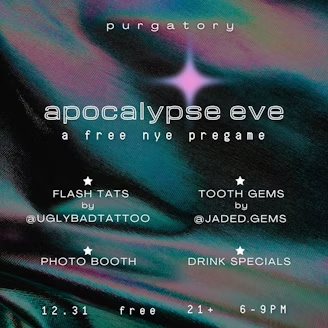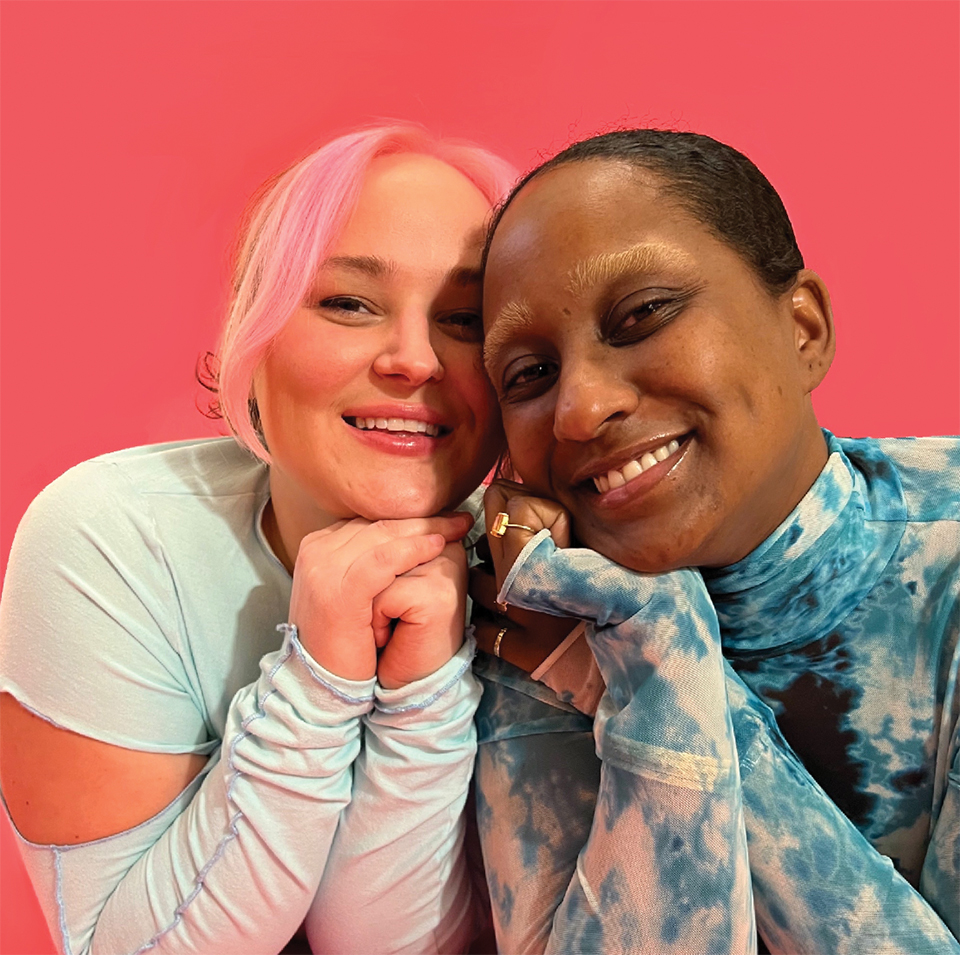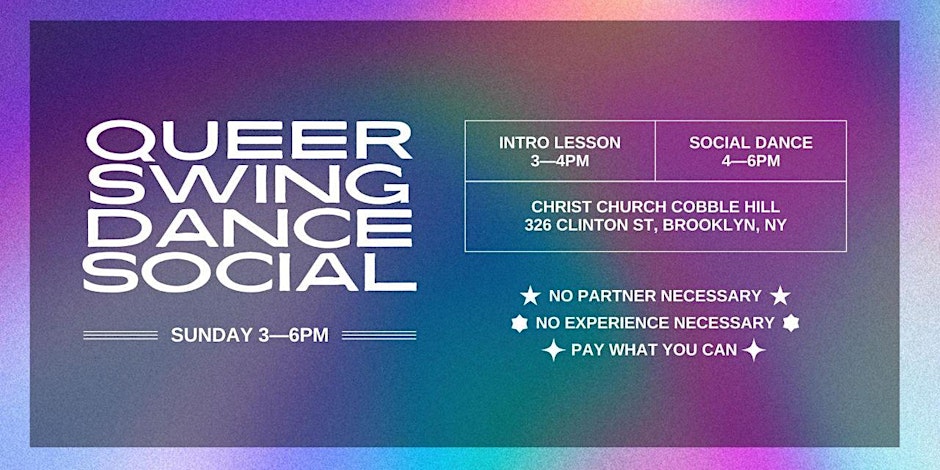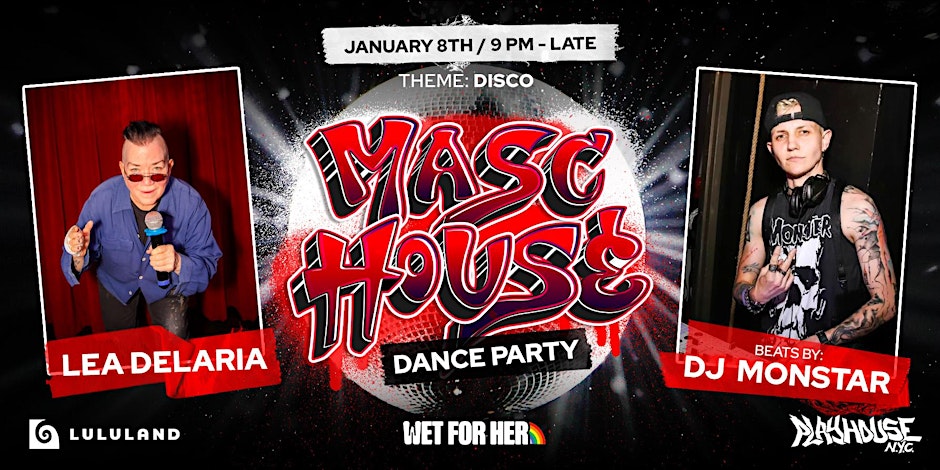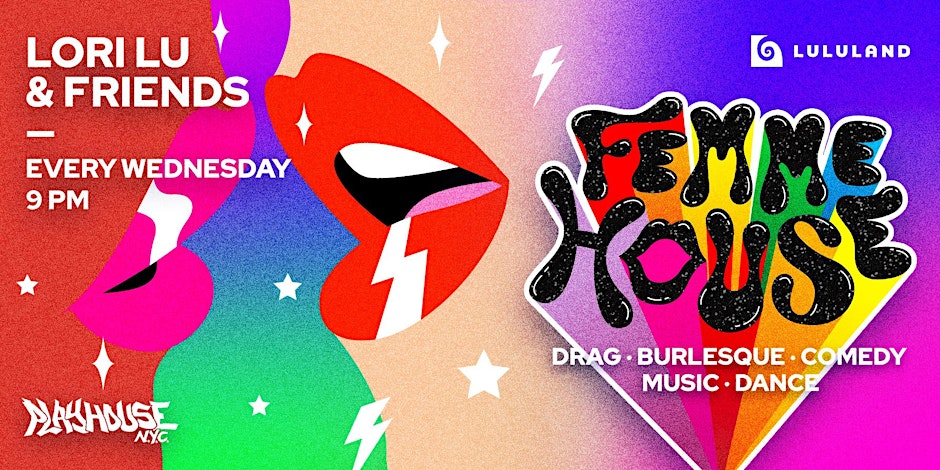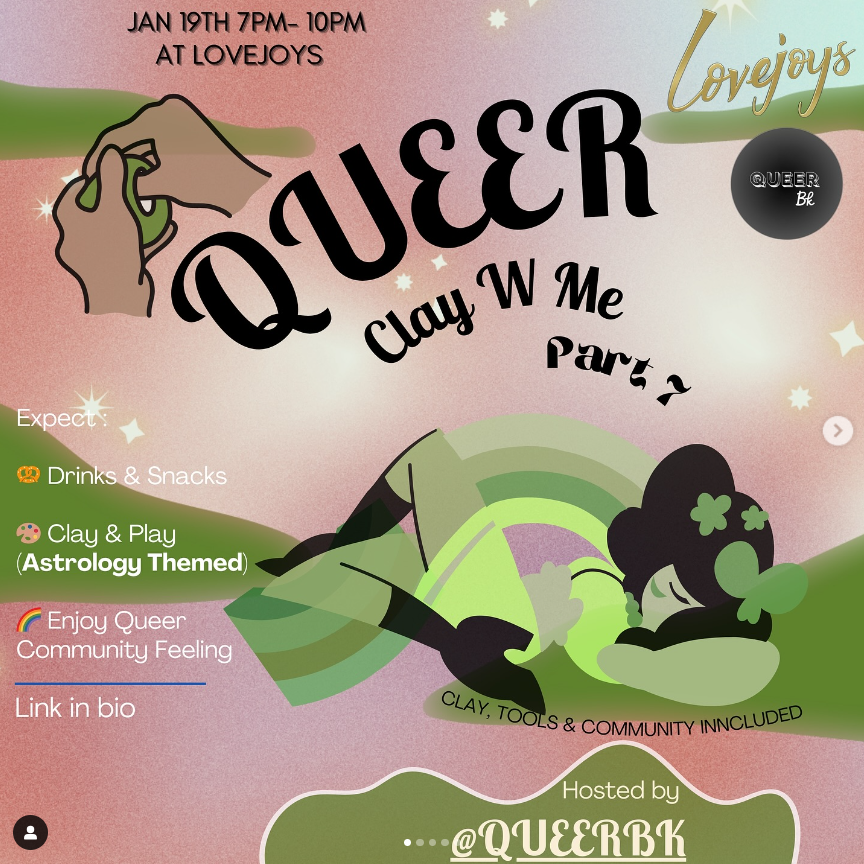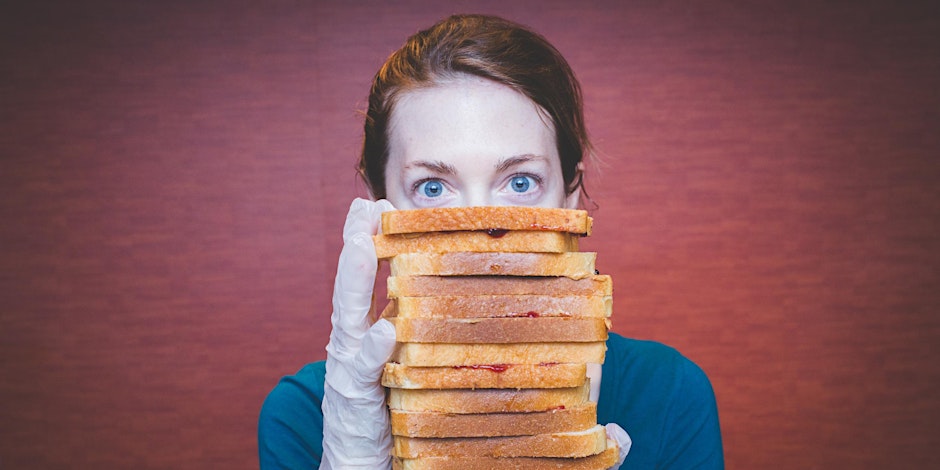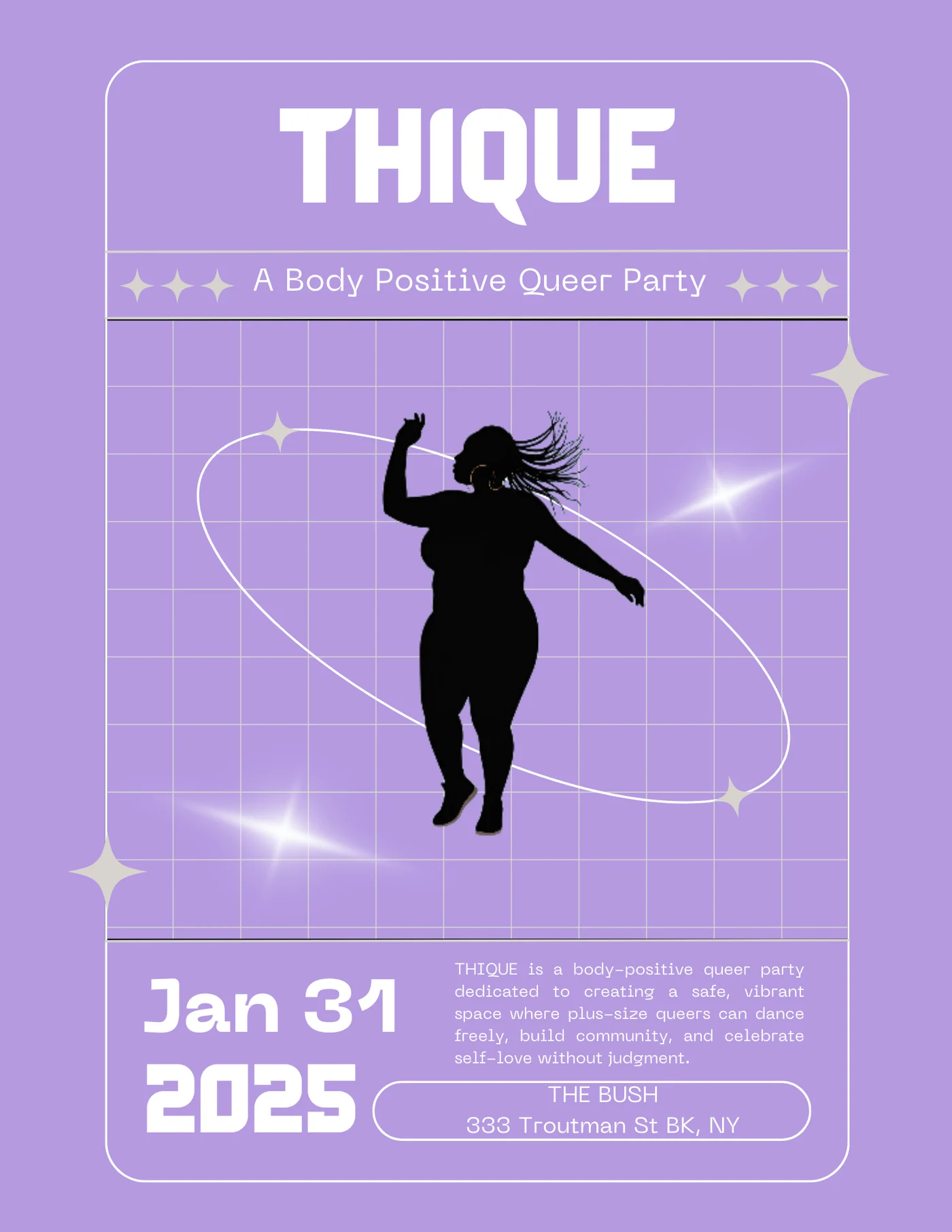
Today is World AIDS Day! So for this sex education column, I want to talk about how people living with HIV still can have a fulfilling and amazing sex life. There are so many stigmas tied to having HIV, along with all the misconceptions about this chronic condition. Earlier this week, I touched on how to break down these stigmas as an advocate and ally.
The reality is that an HIV diagnosis is no longer a death sentence the way it was in the 80s and 90s. So many people living with HIV will likely never get AIDS because of the life-changing antiviral medicine out there. With the right treatment plan for you, an HIV diagnosis doesn’t have to largely impact your sex life. So whether you are or your partner are positive, the most important thing to know is that you can still have the sex life you want together.
So, what exactly is HIV?
Let’s get past all the myths out there created out of fear and ignorance. To break it down for you, HIV stands for the Human Immunodeficiency Virus. The condition basically weakens your immune system to make it so that your body can’t fight diseases.
It’s important to acknowledge that HIV is different (but related to) Acquired Immunodeficiency Syndrome, or AIDS. AIDS is the condition that is sometimes created by HIV. This means that HIV has caused a lot of damage to your immune system, to the point where you can’t fight off any illnesses anymore and AIDS happens.
How is it transmitted?
HIV can only be transmitted in certain areas of your body, through specific bodily fluids. HIV lives in your bloodstream and must enter your bloodstream for you to test positive with it. So basically, HIV can enter your body through mucous membrane (which can be the lining of your vagina or anus, the tip of your penis, or the inside of your mouth), a cut on your skin (only a large and actively bleeding wound will do this — a papercut or something small won’t), or straight into your bloodstream through sharing needles.
And like I said, this can only happen with certain fluids like blood, semen, precum, vaginal fluid, breast milk (only through mother-to-child transmission), and rectal fluids, also called anal mucous.
So those are the factors that can transmit HIV — but how does it actually happen? This can happen through unprotected sex with someone who is HIV positive, sharing needles for injection with someone who is HIV positive, and also HIV positive mothers can pass it on to their babies through blood during pregnancy, childbirth, or breastfeeding. However, this is all to say that these transmissions can be (and have been) seriously decreased in likelihood when people get tested regularly, know their status, talk about it, and follow a treatment plan with antiviral therapy.
How do I know if I have HIV?
It’s impossible to know if you have HIV unless you get tested. To test for HIV, you have to get your blood drawn — note that your annual pap smear at the OBGYN doesn’t cover it.
You cannot tell if someone is HIV positive by just looking at them. In fact, a lot of people who are positive don’t know for years because they don’t get any symptoms. I know you’re sick of me telling you this — but get tested regularly. Knowing your HIV status is empowering for yourself and your partners.
Some people might feel flu like symptoms a few weeks after they contract HIV — a fever, sore throat, headache, achy muscles, and a rash. This is the primary HIV infection and your body’s reaction to trying to fight it off.
What is the likelihood my partner will get HIV if I’m positive?
This is largely dependent on your treatment plan and the types of safer sex practices you both use. It depends on how much of the virus is in your fluids and where the virus could be entering the body. If you’re a numbers person, this might help break it down for you a little bit. The likelihood of your partner getting HIV from you is pretty low: an estimated 0.08 percent if an infected penis goes into a vagina, an estimated 0.04 percent if a penis goes into an infected vagina, and an estimated 1.4 percent if an infected penis goes into a butt.
Unfortunately, these numbers don’t include vaginal fluids to vaginal fluids, but that doesn’t mean that people with vulvas who sleep with other people with vulvas can’t contract HIV. We can. The risk might be lower because we share less bodily fluids. HIV can be transmitted through finger penetration, oral sex, and sharing toys.
The most important factor is that the amount of the virus that is in your fluids can be decreased to an undetectable level. And as I discussed in a previous piece, scientists have found that undetectable effectively means untransmittable. When you first get the virus (during the primary HIV infection) is when your system has the highest copies in your body — making your fluids infectious to your partners. The less of the virus is in your fluids, the less likely you are to transmit it to your partners. With finding the right treatment plan with your doctors, you can get these numbers down, making sex with partners very safe. Even to the point of fluid bonding if that’s what you both want.
How can we practice safer sex in an HIV positive/negative relationship?
Condoms and dental dams are both always an option for safer sex practices from any STI. However, the best tool that the HIV negative partner can use is PReP or pre-exposure prophylaxis. PrEP is a pill you can take every day, and if you do that, you can be protected from HIV by up to 99 percent. There is also PeP, a post-exposure prophylaxis that you can take up to 72 hours after possible HIV exposure such as a condom breaking, a sexual assault, or finding out a partner is HIV positive after having sex with them. This is a 28 day medication but it can be highly effective in decreasing your chances of getting HIV.
It’s also important to do your best to keep up with your vaginal health — for both of you. An HIV negative person is much less likely to get HIV from a positive partner if they have a healthy vagina. What I mean by that is if you have a different STI, seek treatment if it’s curable or manage it if it’s a lifelong STI. And try to be aware of any bacterial vaginosis or yeast infections. All of those can increase the negative partner’s chances of getting HIV.
The bottom line.
While there’s no denying that no one wants HIV, it’s not the end of the world if you are positive. And if your partner is HIV positive and you aren’t, that’s okay too. It’s manageable with all the tools I’ve provided you above. But also make sure you talk to your doctors about treatments plans and safer sex.
Keep the conversation going and know that we all face different challenges in life. This might be one of yours, but you can get through it. People with HIV are living long and fulfilled lives, often with HIV negative partners who never get HIV. BTW, these partnerships are called serodifferent or magnetic because of their (+) and (-) statuses, which is super cute!
Corinne Kai is the Managing Editor and resident sex educator at GO Magazine. You can listen to her podcast Femme, Collectively or sign up for her witchy wellness newsletter or just stalk her on Instagram.
Have more sex questions? Leave a comment below or email corinne@gomag.com and come back for more every Friday!
The advice offered in this column is intended for informational purposes only and should not replace or substitute for any medical, or other professional advice or help. For concerns requiring psychological or medical advice, please consult with an appropriately trained and qualified specialist This column, its author, the magazine and publisher are not responsible for the outcome or results of following any advice contained within this column.









